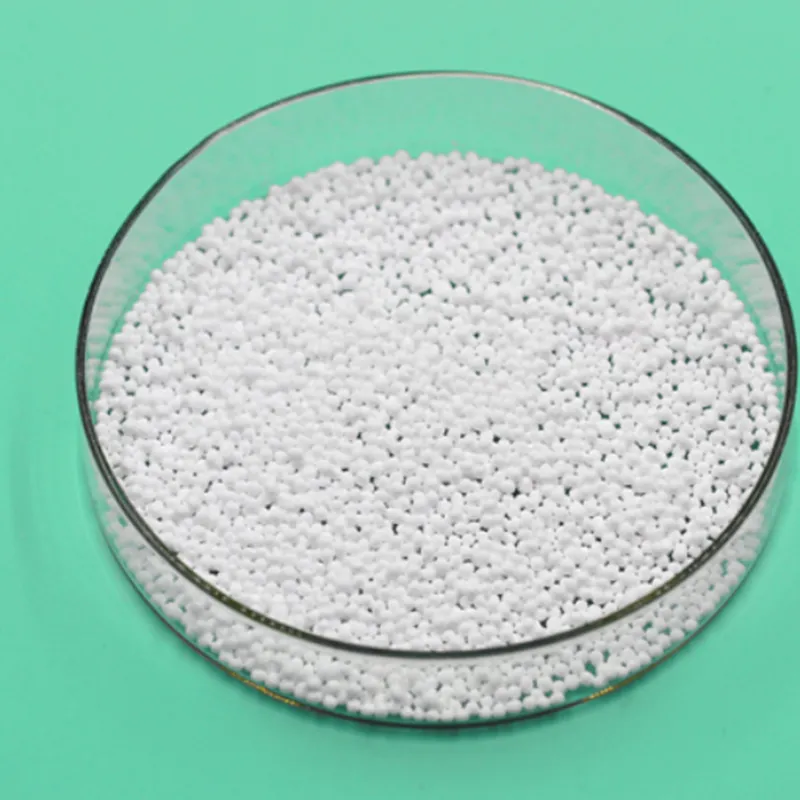
e150a food additive
Understanding E150a The Caramel Food Additive
In the intricate world of food additives, E150a, commonly known as caramel coloring, stands out as one of the most widely used ingredients in the food industry. This additive not only enhances the visual appeal of food but also plays a significant role in flavor enhancement. This article delves into what E150a is, its production processes, applications, safety concerns, and its hallmark in modern culinary practices.
What is E150a?
E150a refers specifically to plain caramel, a food coloring derived from the heating of carbohydrates, primarily sugars. It is one of several types of caramel coloring, each classified under different E numbers based on the method of production and the intended use. E150a is distinct in that it does not contain any additional substances like ammonia or sulfites, making it a more straightforward option among the caramel types.
Production Process
The production of E150a is relatively simple yet sophisticated. Sugar is typically heated to a high temperature, leading to caramelization—a process that transforms the sugar into a brown liquid through chemical reactions. This liquid is then concentrated and can be dried to produce a powder or left in liquid form for use in various products. The controlled production process ensures that E150a maintains its quality, color consistency, and safety for consumption.
Applications of E150a
E150a has a wide array of applications across numerous food and beverage products. One of its primary uses is as a coloring agent in soft drinks, beers, and a variety of sauces and condiments. The golden-brown hue it imparts not only enhances the visual appeal but also contributes to the overall flavor profile. Beyond beverages, E150a is also found in baked goods, confectionery, dairy products, and even in meat products to give a desirable golden-brown finish.
e150a food additive

In addition to its aesthetic benefits, E150a serves as a flavor enhancer. It provides a rich, sweet flavor reminiscent of burnt sugar, which can complement a variety of dishes. This dual role as both a colorant and a flavoring agent makes E150a an invaluable asset in food formulation.
Safety Concerns
When it comes to food additives, safety is always a primary concern for consumers. E150a has been deemed safe for consumption by numerous food safety authorities, including the European Food Safety Authority (EFSA) and the U.S. Food and Drug Administration (FDA). These organizations have set acceptable daily intake levels based on extensive research and toxicological studies. However, as with any additive, it is essential for consumers to be mindful of their overall dietary intake.
Some individuals may have sensitivities or allergies to certain food colorings, although such instances with E150a are relatively rare. Nonetheless, consumers are encouraged to read ingredient labels and consult with healthcare providers if they have concerns about food additives.
The Future of E150a
As consumer awareness around food additives continues to rise, there is a growing demand for natural alternatives to synthetic ingredients. While E150a is considered safe and is a natural product of sugar, food manufacturers are increasingly exploring options that can satisfy both regulatory standards and consumer preferences for organic or clean label products. This may influence how E150a and similar additives are used and marketed in the future.
Conclusion
E150a, or caramel coloring, is a multifaceted food additive that enhances both the appearance and flavor of numerous products. Its widespread application in the food industry showcases the essential role that food additives play in modern culinary practices. As consumers become more informed and health-conscious, understanding E150a will help them make better choices regarding the foods they consume.
-
Why Glacial Acetic Acid Food Grade Is Essential in FlavorNewsMay.26,2025
-
Surging Export Growth of Food Additives in ChinaNewsMay.26,2025
-
How Ammonium Nitrate Fertilizer Boosts Crop YieldsNewsMay.26,2025
-
How 1,2,3-Benzotriazole Shields Plastics from UV DegradationNewsMay.26,2025
-
Cyanide in Gold Mining: Protecting People and the PlanetNewsMay.26,2025
-
Aluminum Hydroxide in Modern Sunscreen FormulationsNewsMay.26,2025
-
Understanding Synthetic Rubber OptionsNewsApr.27,2025
Hebei Tenger Chemical Technology Co., Ltd. focuses on the chemical industry and is committed to the export service of chemical raw materials.
-

view more DiethanolisopropanolamineIn the ever-growing field of chemical solutions, diethanolisopropanolamine (DEIPA) stands out as a versatile and important compound. Due to its unique chemical structure and properties, DEIPA is of interest to various industries including construction, personal care, and agriculture. -

view more TriisopropanolamineTriisopropanolamine (TIPA) alkanol amine substance, is a kind of alcohol amine compound with amino and alcohol hydroxyl, and because of its molecules contains both amino and hydroxyl. -

view more Tetramethyl Thiuram DisulfideTetramethyl thiuram disulfide, also known as TMTD, is a white to light-yellow powder with a distinct sulfur-like odor. It is soluble in organic solvents such as benzene, acetone, and ethyl acetate, making it highly versatile for use in different formulations. TMTD is known for its excellent vulcanization acceleration properties, which makes it a key ingredient in the production of rubber products. Additionally, it acts as an effective fungicide and bactericide, making it valuable in agricultural applications. Its high purity and stability ensure consistent performance, making it a preferred choice for manufacturers across various industries.











